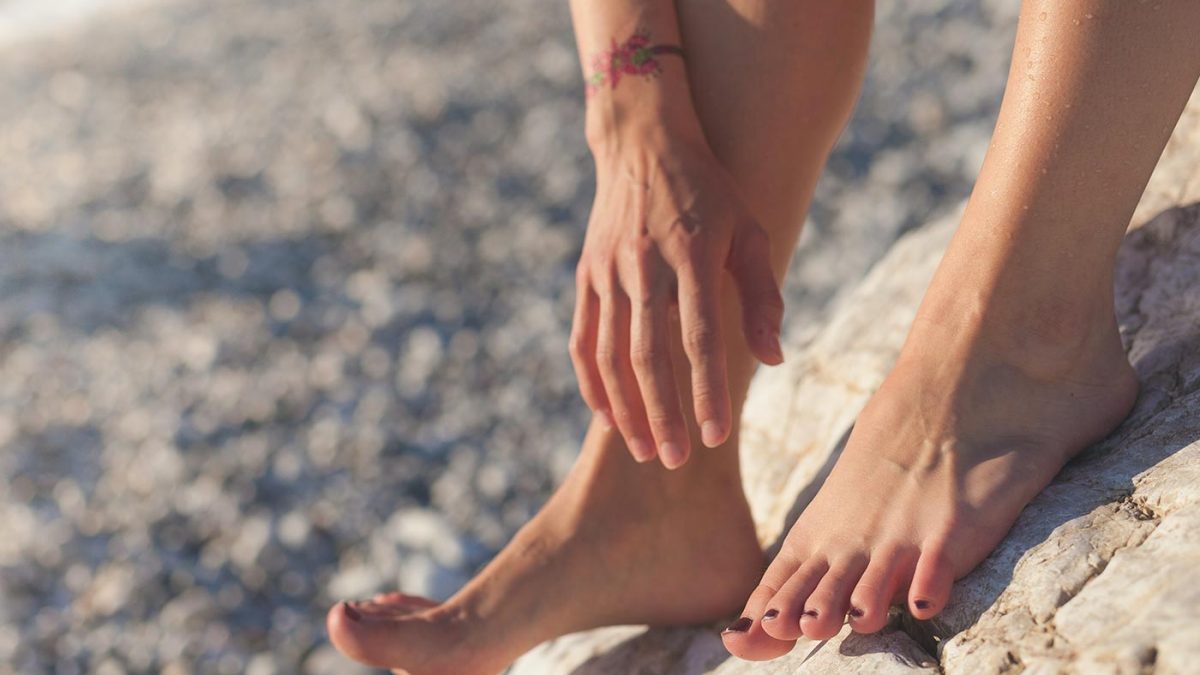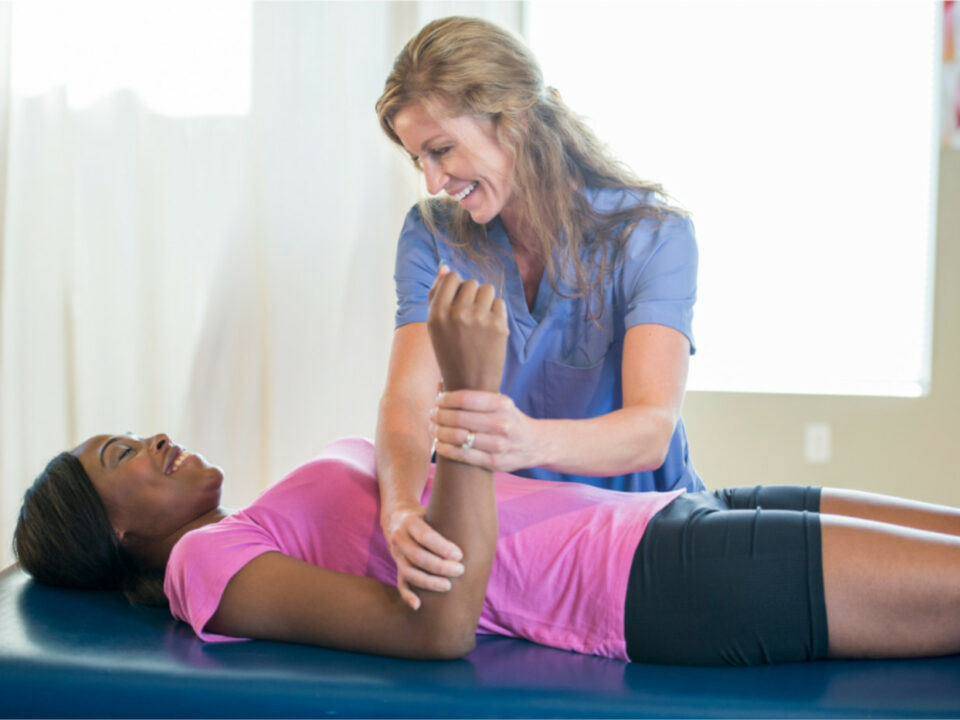
When the Weather Gets Cold, Don’t Forget to Warm Up!
December 14, 2020
Elevate Your Heart Rate With Physical Therapy
March 8, 2022Oh, my aching feet….
Foot and heel pain is a very common complaint among athletes and non-athletes alike. While there are several conditions that can cause foot and heel pain (such as fat pad syndrome or tarsal tunnel syndrome), plantar fasciitis is by far the most common cause of heel pain. Symptoms usually start suddenly, often occur after a rapid increase in activity and are felt as a stabbing pain on the bottom or side of the heel, or as a sensation of tenderness or tightness along the arch.
What is Plantar Fasciitis?
The plantar fascia is a thick band of connective tissue at the bottom of your foot that runs from your heel to your toes and supports your arch and absorbs shock. This tissue can become inflamed or degenerate with repetitive weight-bearing activities.
Symptoms are usually at worst when taking the first few steps after awakening, or when standing up after prolonged sitting. Usually pain decreases as your body warms up, but then increases again after prolonged standing, walking barefoot or in shoes with poor support, or after an intense weight-bearing activity such as running or stair-climbing.
What are the risk factors for developing Plantar Fasciitis?
- Age over 40
- Sudden increase in running, or other weight-bearing activity
- Prolonged standing with work or leisure activities
- Increased body weight
- Foot structure, such as flat feet or high arch
- Walking in shoes with poor support
- Tight calf muscles
How can I prevent Plantar Fasciitis?
- By regularly stretching your calf and foot muscles, especially before and after walking and running
- By wearing well-fitting shoes with good arch support
- By replacing your shoes regularly so that they provide good shock absorption
- By maintaining or regaining a healthy body weight
- By working out smartly, including a warm-up with your exercise program and gradually building up the duration and intensity of your program
A few exercises that can help you improve flexibility through your ankles and fascia:
Standing Calf Stretch – hold stretch 30 seconds, 2 repetitions, twice a day
If the standing ankle stretch is too uncomfortable, try the seated alternative below.
Seated towel or belt stretch-hold stretch 30 to 60 seconds, 2 repetitions, twice a day
Plantar Fascia-Self Stretch-hold stretch 30 seconds, 2 repetitions, twice a day
Plantar Fascia Massage-2 minutes twice a day
Sit on the edge of a bench or a chair. Place a tennis ball or myofascial ball on the ground and place your involved foot on the ball. Apply pressure and run your foot over the ball.
I think I may have Plantar Fasciitis. What can I do?
- The first step is to try the basic stretches shown above.
- Assess your foot wear to make sure you are not exercising in worn out shoes
- Modify your activities by, for example, switching to a lower impact activity such as biking or swimming until symptoms are less acute, decreasing running time, or alternating workouts.
- If symptoms do not respond to those measures, see your physical therapist for an evaluation to diagnose the problem. She will take a thorough history and perform an assessment to ensure that your symptoms are not caused by other conditions
- If you indeed have Plantar Fasciitis, your therapist will teach you exercises to improve the flexibility of the ankle and plantar fascia and to address any other related muscle imbalances.
- She may also perform some myofascial work to improve the tissue. The Graston technique is often very effective in speeding up recovery.
- Other components of treatment may be instruction in ice massage, exercise program modification, education re footwear selection, assessment for the need of orthotics, use of night splints, or taping.
Of course, the best thing is to prevent Plantar Fasciitis in the first place, but if you have developed this condition, it is worthwhile to get it checked out promptly. Most of the time symptoms can be resolved with conservative measures so that you feel better and can get back to the activities you enjoy.





